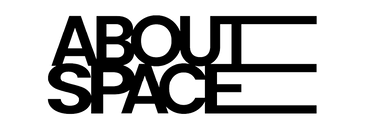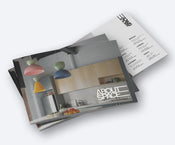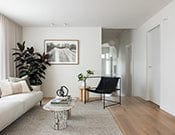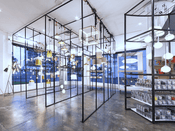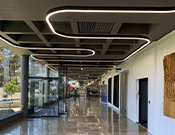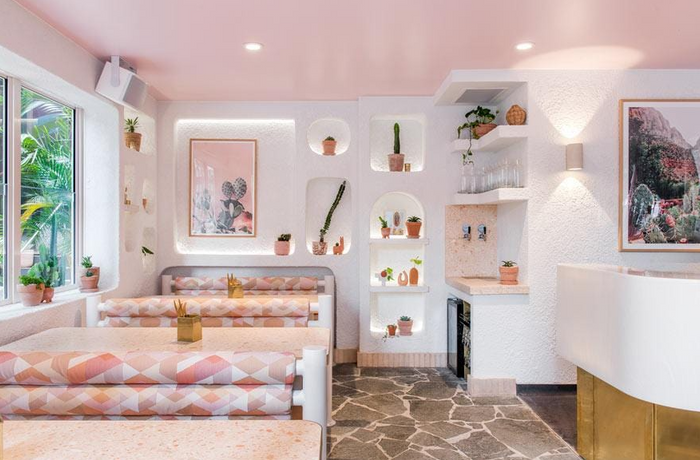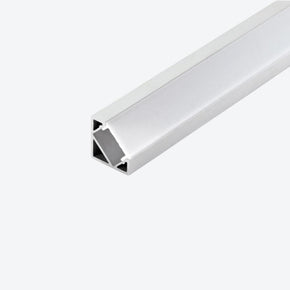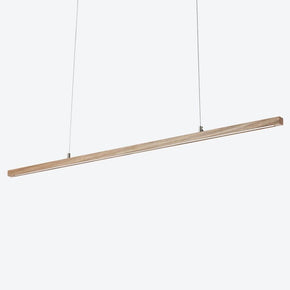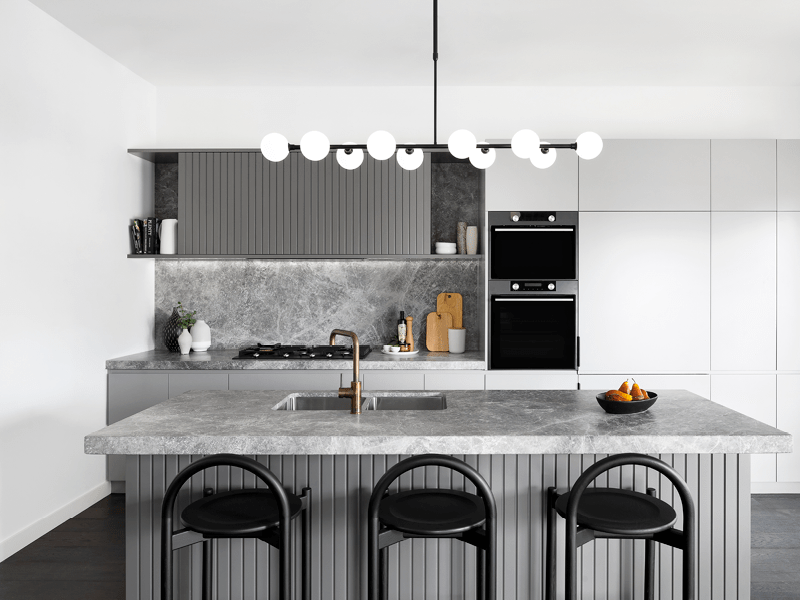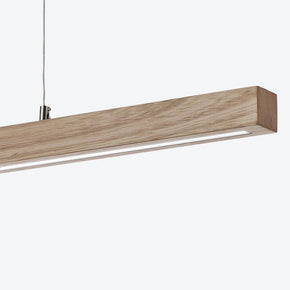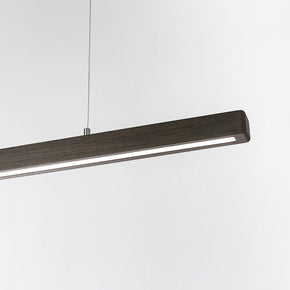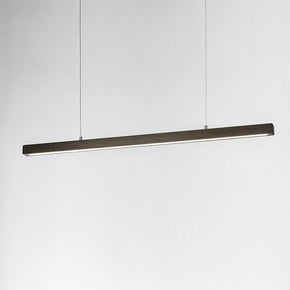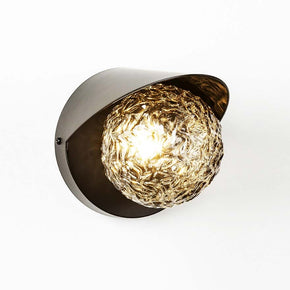- No products in the cart.
- ``
The difference between a lighting product designer & lighting design consultant
11
Aug
You can trust you’re in good hands when working with both a lighting product designer and lighting design consultant. Both are lighting experts. They create practical as well as aesthetic lighting solutions to complement the architecture and interior design of a structure, no matter what space you’re working with.
Both lighting product designers and lighting design consultants are experienced in design and familiar with any building or architectural rules. They also have a high degree of technical knowledge, as well as an excellent grasp of the science and technology that drive good illumination.
But while both professions may be referred to as “lighting design”, they are, in fact, different vocations. So what exactly is the difference between a lighting product designer and lighting design consultant, and how can they each assist you in creating your dream home?
What is a lighting product designer?
A lighting product designer is responsible for the design of lighting products. This includes the development of new products, as well as the improvement of existing products. The role of a lighting product designer is to create products that are both functional and aesthetically pleasing.

Custom ceiling light for the Palladium tower
What kind of products can a lighting designer make?
Lighting product designers can create a variety of lighting products, including:
- LED Linear pendants
- Pendants
- Table lamps
- Floor lamps
- Ceiling lights
- Wall lights
- Outdoor lighting fixtures
What are the main steps a lighting product designer takes?
The main steps a lighting product designer takes are: research, concept development, sketching, 3D modelling, prototyping, and testing.
Research: In order to create a successful lighting product, designers must first understand the needs of their target market. This requires researching the latest trends in lighting, as well as understanding the specific needs of the customer.
Concept development: Once the designer has a good understanding of the needs of the customer, they can begin to develop concepts for new products. This step involves a lot of brainstorming and creativity.
Sketching: Once the designer has a few concepts, they will begin to sketch out their ideas. This helps to visualise the product and make sure that it’s feasible.
3D modelling: After the sketches have been completed, the next step is to create a 3D model of the product. This helps to further visualise the product and make sure that it’s perfect before it goes into production.
Prototyping: Once the 3D model is complete, the next step is to create a prototype. This helps to test the functionality of the product and make sure that it meets all of the necessary requirements.
Testing: The last step is to test the product. This includes both field testing and lab testing. Field testing helps to ensure that the product works in real-world conditions, while lab testing helps to identify any potential problems with the product.

Original sketches for the About Space x ACMI collaboration light
How can a lighting product designer help me?
A lighting product designer can help you create lights that are both functional and aesthetically pleasing. They can create something from scratch, bringing your concept to life, or customise one of our existing products to your specifications. They will take into account your specific needs and requirements, and design a product that meets these needs.
If you are looking for a specific type of light fixture, a lighting product designer can help you to find the perfect one for your space.

Prototypes of the About Space x ACMI Ishi Table Lamp
What is a lighting design consultant?
A lighting design consultant is responsible for creating detailed plans and drawings for lighting projects. This includes both residential and commercial projects. The role of a lighting layout designer is to ensure that the lighting in a space is effective and looks good.
Some of the things that a lighting layout designer will take into consideration include:
- The size of the space
- The shape of the space
- The type of light fixtures that will be used
- The placement of light fixtures
- The number of light fixtures that will be used
- The type of bulbs that will be used
A lighting design consultant must also have a good understanding of electrical codes and regulations. This is important in order to ensure that the lighting project is safe and up to code.

What are the main steps a lighting design consultant takes?
The main steps a lighting design consultant takes are: understanding the space, assessing the needs of the space, designing the lighting scheme, and creating a detailed plan.
Understanding the space: The first step is to understand the space. This includes taking measurements, understanding the layout, and assessing the lighting needs. The lighting layout designer will factor in the type of room, ceiling type and purpose of the room and start to visualise the lighting that will be required.
Assessing the needs of the space: The next step is to assess the needs of the space. This includes determining what type of lighting is required, how many light fixtures are needed, and where they need to be placed, especially if task lighting is required.
Designing the lighting scheme: Once the needs of the space have been assessed, the next step is to design the lighting scheme. This includes choosing the type of light fixtures, deciding on the placement of light fixtures, and selecting the type of bulbs.
How can a lighting design consultant help me?
A lighting design consultant can help you to create a detailed plan for your lighting project. They will take into account the specific needs of your space and design a plan that meets these needs.
If you are unsure about the best way to light your space, a lighting design consultant can help you figure out how many lights you’ll need, what kind of fixtures will work best, and where to place each light for the best result.
The key takeaway
A lighting product designer focuses on the design of the actual light fixtures, while a lighting design consultant focuses on the planning and execution of lighting projects. Both roles are important in creating effective and beautiful lighting designs.
Fortunately, we have both lighting product designers and lighting design consultants at About Space to help you with all your lighting needs.
If you’d like to meet with either a lighting product designer or a lighting design consultant to discuss your next project, book in for a consultation.

